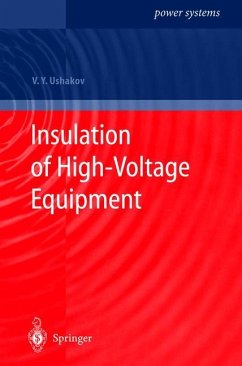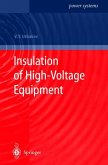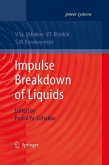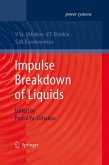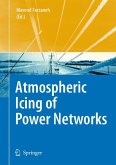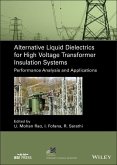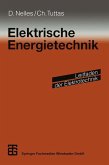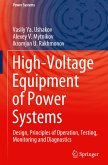High-voltage electrophysical systems used for research in physics are becoming more and more common in engineering applications, as electrical insulation comprises one of the most important constituent components. This is the first monograph dealing comprehensively and on a scientific level with the insulation of such systems. In the first part of the book, the operating conditions and necessary requirements are analyzed, while the main insulation types are outlined. The second part describes the short- and long-term strengths of vacuums and gases, as well as liquid, solid, and hybrid dielectrics as functions of various influencing factors. The third and last part is devoted to the design of high-voltage insulation systems. The knowledge provided by this book will be useful to physicists designing experimental high-voltage devices as well as to electrical engineers in high-voltage technology, electrical insulation, and cable industries.
From the reviews: "Electrical insulation in pulse power devices and systems is a critical component to the operation and performance of such devices. ... This is a very good translation, easy to read, with clear explanations; it is also easy to follow. ... There is a huge wealth of data, experimental conditions, theory, empirical relationships, and hundreds of references contained in this book that are not readily available anywhere. Many of our readers will be interested in this reference book ... ." (IEEE Electrical Insulation Magazine, Vol. 22 (1), 2006)

